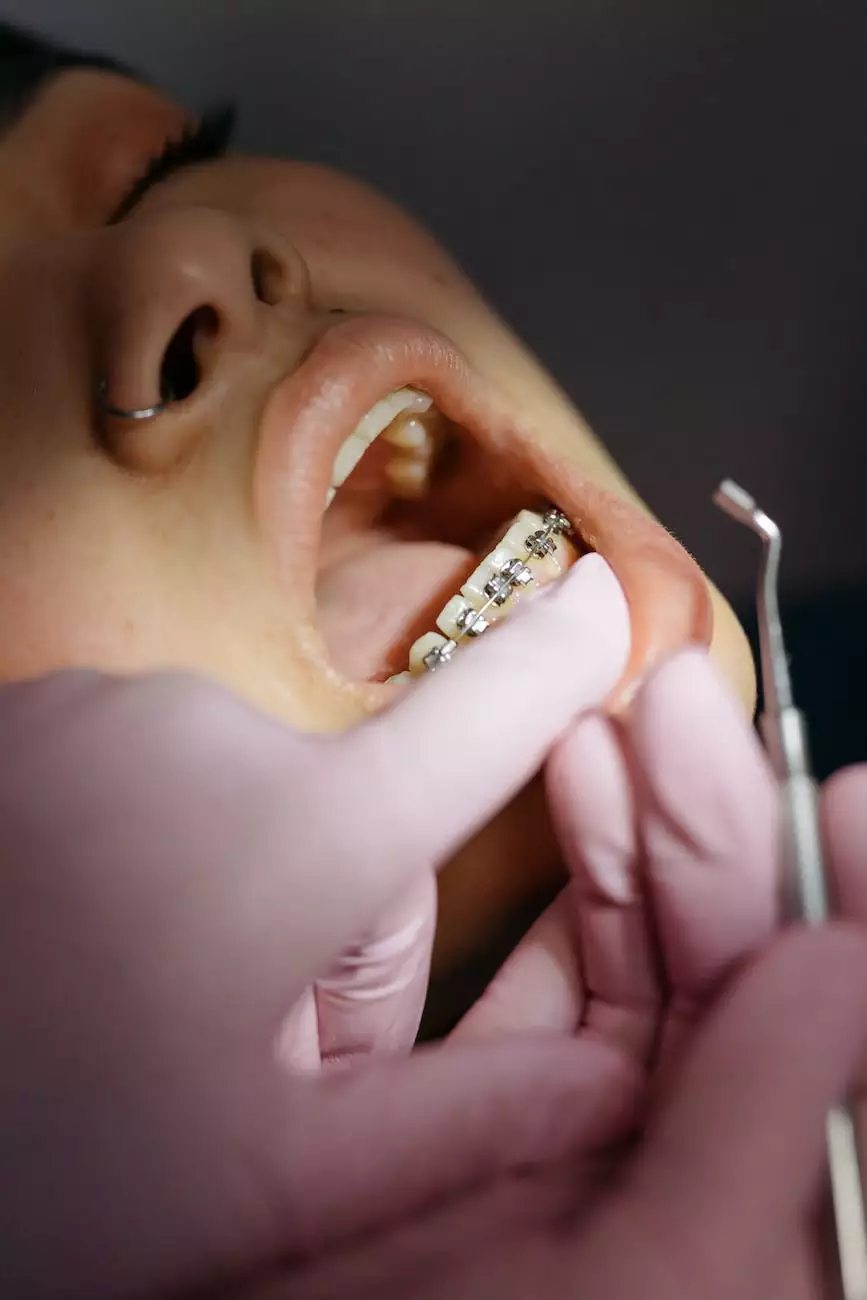12 Symptoms of Lupus
Services
Introduction
Welcome to Benjamin Shettell, MD, your trusted source for comprehensive health information. In this article, we will discuss the 12 common symptoms of lupus, a chronic autoimmune disease that affects millions of people worldwide.
1. Fatigue
One of the most prevalent symptoms of lupus is extreme fatigue that does not improve with rest. People with lupus often experience a constant feeling of exhaustion, making it difficult to carry out their daily activities.
2. Joint Pain and Swelling
Lupus can cause inflammation in the joints, resulting in pain, stiffness, and swelling. The joints commonly affected by lupus include the fingers, wrists, elbows, knees, and ankles. The severity of joint symptoms can vary from mild discomfort to debilitating pain.
3. Skin Rash
A characteristic butterfly-shaped rash, also known as a malar rash, is a common symptom of lupus. This rash typically appears on the face, particularly across the cheeks and nose. It may worsen with exposure to sunlight.
4. Photosensitivity
Many individuals with lupus develop sensitivity to sunlight, experiencing skin rashes, hives, or other adverse reactions when exposed to UV light. Proper sun protection, such as using sunscreen and wearing protective clothing, is crucial to prevent flare-ups.
5. Chest Pain
Lupus can affect the lining of the heart or lungs, leading to chest pain. This symptom should always be taken seriously, as it can indicate inflammation or other complications that require prompt medical attention.
6. Hair Loss
Sudden and significant hair loss can occur in individuals with lupus. This loss may be temporary or permanent, depending on the severity of the condition. If you're experiencing hair loss, it's essential to consult with a medical professional for appropriate evaluation and treatment options.
7. Kidney Problems
Lupus can affect the kidneys, leading to various symptoms such as increased blood pressure, changes in urine output, and swelling in the legs and ankles. Close monitoring and early intervention are crucial to prevent potential kidney damage.
8. Raynaud's Phenomenon
Raynaud's phenomenon is a condition characterized by the discoloration of fingers and toes, usually triggered by cold temperatures or stress. Individuals with lupus may experience severe episodes that result in numbness, tingling, or even tissue damage.
9. Mouth and Nose Ulcers
Ulcers, often painless, can develop inside the mouth or nose of individuals with lupus. These sores may come and go, causing discomfort during flare-ups.
10. Digestive Issues
Lupus can affect the digestive system, causing symptoms like abdominal pain, nausea, vomiting, and diarrhea. It's important to discuss any gastrointestinal symptoms with your healthcare provider to determine their cause and appropriate management.
11. Headaches and Cognitive Dysfunction
Many lupus patients may experience frequent headaches and cognitive dysfunction, such as memory problems or difficulty concentrating. These symptoms can significantly impact one's quality of life, and effective management strategies should be discussed with a healthcare professional.
12. Anxiety and Depression
Living with a chronic illness like lupus can lead to emotional challenges, including anxiety and depression. Seeking support from healthcare providers, mental health professionals, and support groups can play a significant role in managing these aspects of lupus care.
Conclusion
If you or someone you know is experiencing any of the above symptoms, it's essential to seek medical advice for proper diagnosis and treatment. At Benjamin Shettell, MD, we specialize in the comprehensive care of individuals with lupus, providing personalized treatment plans to effectively manage symptoms and improve quality of life.










